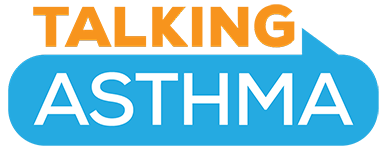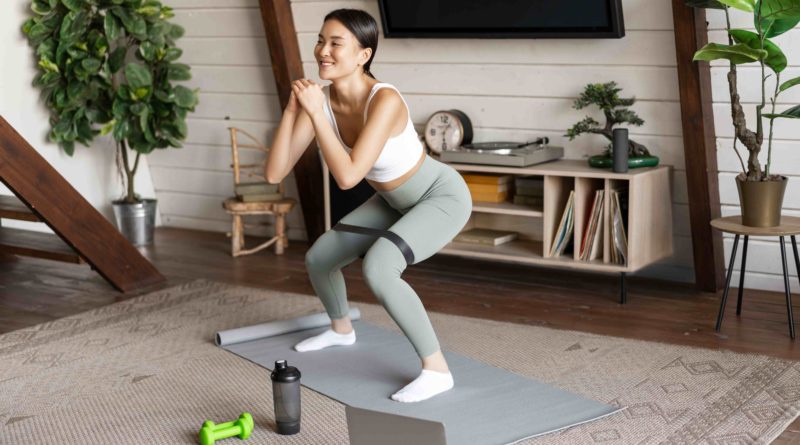Functional training is a popular and effective way to improve your strength, mobility, and performance in everyday activities. However, if you have asthma, you may wonder how to adapt this type of training to your condition and avoid triggering symptoms. In this article, we will share some tips on how to modify functional training for asthma, so you can enjoy the benefits of this exercise modality without compromising your health.
What is functional training?
Functional training is a form of exercise that focuses on movements that mimic or enhance the tasks you perform in your daily life, such as squatting, lunging, pushing, pulling, twisting, and balancing. Functional training can help you improve your muscular endurance, coordination, stability, and flexibility, as well as prevent injuries and reduce pain. Functional training can be done with various equipment, such as dumbbells, kettlebells, resistance bands, medicine balls, or your own body weight.
How does asthma affect exercise?
Asthma is a chronic condition that causes inflammation and narrowing of the airways, making it harder to breathe. Asthma can be triggered by various factors, such as allergens, infections, stress, or cold air. Exercise can also be a trigger for some people with asthma, especially if they engage in high-intensity, long-duration, or cold-weather activities. Exercise-induced bronchoconstriction (EIB) is a term that describes the temporary narrowing of the airways that occurs during or after exercise in some people with asthma. EIB can cause symptoms such as coughing, wheezing, chest tightness, shortness of breath, or fatigue.
How can you prepare for functional training with asthma?
Before starting any functional training program, you should consult your doctor and get a proper diagnosis and treatment plan for your asthma. You should also have an asthma action plan that outlines how to manage your symptoms and when to seek medical help. You should always carry your reliever inhaler (usually a blue one) with you and use it as prescribed before, during, or after exercise. You should also warm up properly before each session, avoid exercising in cold or polluted environments, and drink plenty of water to stay hydrated.
How can you modify functional training for asthma?
Functional training can be modified for asthma by adjusting the intensity, duration, frequency, and type of exercises performed. Generally, aim for a moderate intensity level that allows you to breathe comfortably and talk while exercising. Use the rating of perceived exertion (RPE) scale or the talk test to monitor your intensity level. Start with shorter sessions of 10 to 15 minutes and gradually increase the duration as you get more comfortable and confident. Frequency should be at least 3 times per week, but not more than 5 times per week. Choose functional exercises that suit your goals, preferences, and abilities, and modify them by changing the resistance, speed, range of motion, or stability. Different equipment can also be used to add variety and challenge to your functional training. By following these guidelines, you can ensure that your asthma does not limit your ability to do functional training.
What are some examples of functional exercises for asthma?
Functional exercises are a great way to improve your asthma, but don’t forget to warm up and cool down before and after each session. Squats are a basic functional movement that work on lower body strength and mobility. You can adjust the depth and width of your stance, or try variations like goblet squats, sumo squats, or split squats to target different muscles and challenge your balance. Lunges are another functional movement that work on lower body strength and stability. You can change the direction and distance of your step for different levels of difficulty, or try variations like reverse lunges, lateral lunges, or curtsy lunges to work on different planes of motion and challenge your coordination. Push-ups are a functional movement that work on upper body and core strength. You can adjust the position and width of your hands to suit your comfort level, or do variations like incline push-ups, decline push-ups, or diamond push-ups to target different muscles and challenge your intensity level. Rows are a functional movement that work on upper back and arm strength. You can use dumbbells, kettlebells, resistance bands, or a cable machine to adjust the weight and speed to suit your ability level. You can also try variations like single-arm rows, bent-over rows, or renegade rows to work on different muscles and challenge your stability. Planks are a functional movement that work on core and overall stability. Adjust the duration and position to suit your comfort level, or do variations like side planks, plank with leg raises, or plank with arm reaches to target different muscles and challenge your balance.
Source: https://www.linkedin.com/advice/0/how-can-you-modify-functional-training-asthma

